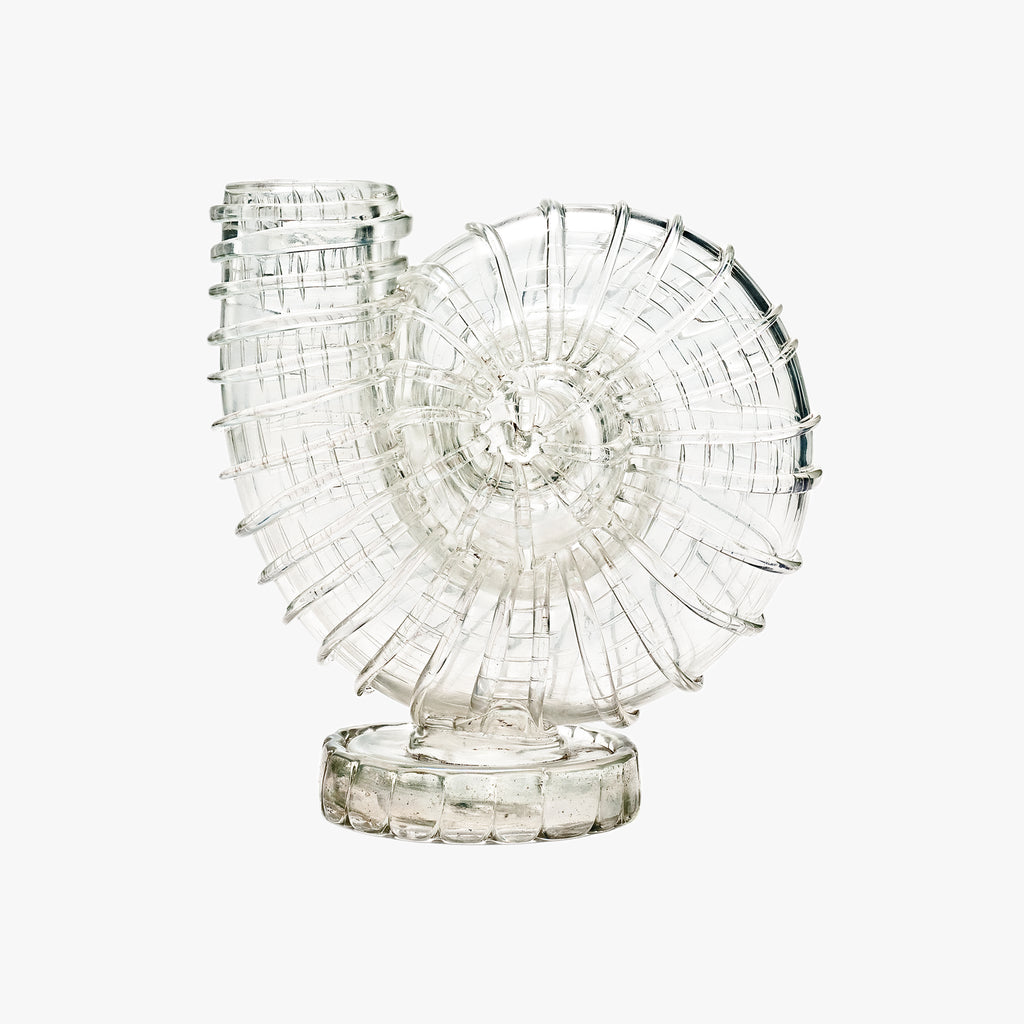
◄ Overview
Ercole Barovier
Nautilus
In 1936, two famed Venetian glass houses - Vetreria Artistica Barovier and Ferro Toso – combined. A year later, the firm’s proprietor and head designer Ercole Barovier created this marvelous nautilus shell, an Art Deco rendition of a form eagerly sought out for Renaissance curiosity cabinets. Barovier remained at the head of the workshop until 1972, constantly developing new technical and stylistic innovations; his fifty-year career positions him as among the most important figures in the history of Murano glass.
Tearsheet
Artist
Ercole Barovier
Material
Hand-blown glass
Contributing Gallery
de Vera
Date
1937
Dimensions
9.5 in × 9 in × 4.5 in
24.13 cm × 22.86 cm × 11.43 cm
ID
Image credit: Courtesy of de Vera, photography by Poul Ober



Nautilus, 1937
9.5 in × 9 in × 4.5 in
Hand-blown glass
de Vera
$0
In 1936, two famed Venetian glass houses - Vetreria Artistica Barovier and Ferro Toso – combined. A year later, the firm’s proprietor and head designer Ercole Barovier created this marvelous nautilus shell, an Art Deco rendition of a form eagerly sought out for Renaissance curiosity cabinets. Barovier remained at the head of the workshop until 1972, constantly developing new technical and stylistic innovations; his fifty-year career positions him as among the most important figures in the history of Murano glass.



